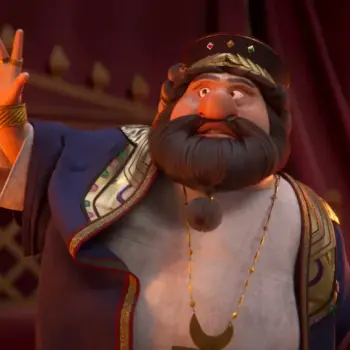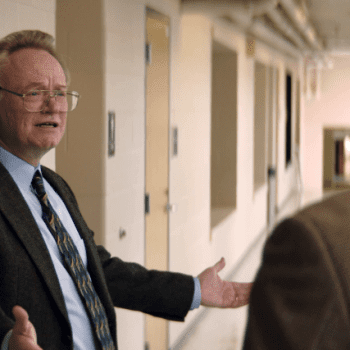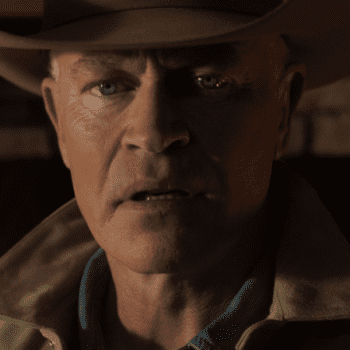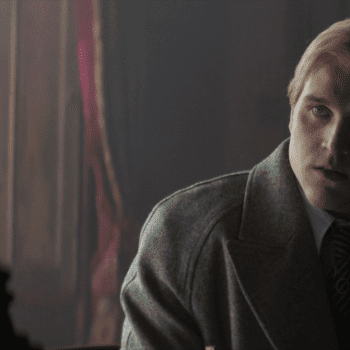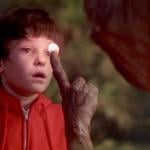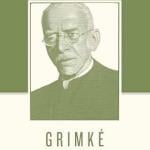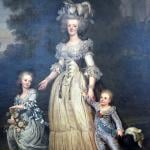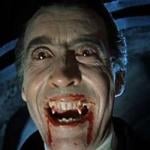Finally got around to listening to the production team’s audio commentary on the DVD for The Chronicles of Narnia: The Lion, the Witch and the Wardrobe. Around the 33-minute mark — during the scene where Edmund first meets the White Witch — director Andrew Adamson makes the following comment:
I kind of decided early on that it was as if this story had really happened, and C.S. Lewis had written about it in a way that children could understand, but I wanted to find the reality of all of the characters — and Edmund was a good place to start, because, like me, he’s a third child, and consequently immediately resentful of any of his siblings. But in particular, he’s a child whose father is away at war, his mother is involved in the war effort, he’s been left on his own a lot more, his older brother is now telling him what to do, and this woman offers him the position of his older brother. And yes, there’s the enchanted Turkish Delight and all those kinds of things, but the real character decision is based on the fact that he’s been pushed around, his brother is mishandling him, and of course he’s going to betray him.
This just confirms what I have said in my review and elsewhere, regarding how the film’s opening sequence with the bomb shelter “generates some sympathy for Edmund, and makes his eventual betrayal of his siblings seem less sinister, or less deliberate.”
In Lewis’s novel, Edmund’s betrayal is a deliberate and evil act — and for young readers like me, it was essential to know that there was no excuse for Edmund’s evil, and that Edmund really did deserve the punishment that Aslan suffered in his place.
But the film suggests that Edmund’s siblings, and especially Peter, had it coming to them; and Edmund’s betrayal now looks like a natural reaction to an unfortunate misunderstanding, which in turn undermines the significance of Aslan’s death scene.
So, does this sound like what “really” happened in the story that Lewis wrote, or does it sound like wholesale revisionism?
Like I’ve said before, the movie might be a reasonably “accurate” version of the book if all want is a series of plot points, but the tone and nuance and character traits are too often so, so wrong.



